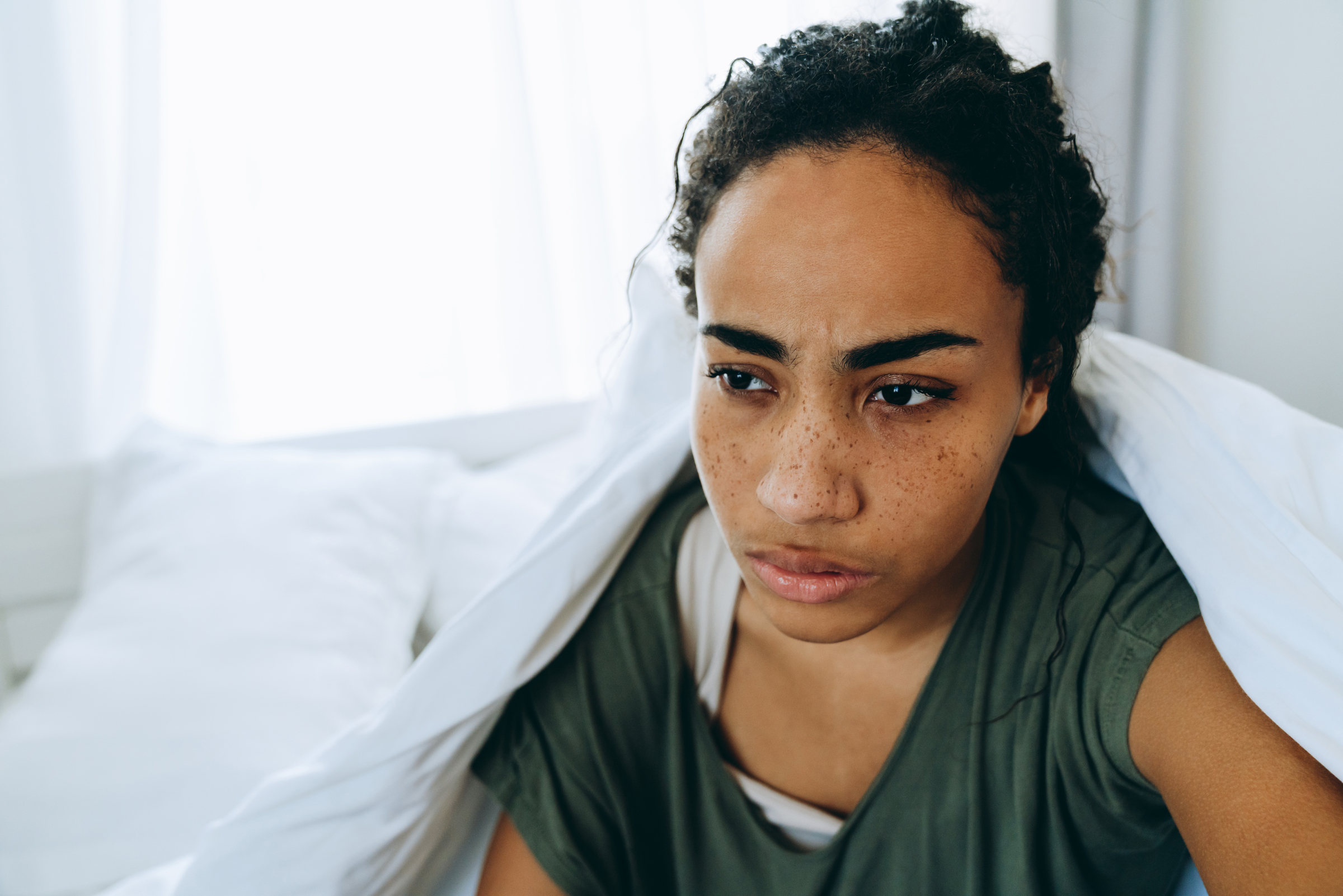A ticking clock echoes throughout the university library. The little hand makes its way to nine and security comes around to check ids to ensure that everyone there for late night studies is a student. You show security your id and you continue to write your paper. Page after page is written and you feel a continuous boost of energy fill your mind and body. Your eyes squint from the rays of the sun peaking through the window hitting your eye. Staring at the clock you realize that you spent the entire night writing your paper, and yet you feel energetic. The week carries on and still you have not slept, and after seven days, you finally fall asleep. Your alarm goes off, however you don’t react to it and have no desire to get out of bed. You feel weighted and unmotivated as if the world has nothing to offer you.
What is Bipolar Disorder?
The basic gist of bipolar revolves around unusual shifts in mood. You shift from experiencing extreme highs (mania) to deep lows (depression) and these moods can last anywhere from from a week to several months.
Although this condition can cause challenges, it is treatable and you can go on to live a happy, healthy life. The condition can be stratified into three categories that are specific based off of the symptoms:
Bipolar Type 1
Having bipolar type 1 usually exhibits episodes of mania and can lead to behaviors including buying unnecessary things, gambling, and other activities that create stimulation. You can also experience depressive episodes. At times, you can experience both mania and depression.
Bipolar Type 2
Bipolar type 2, is defined by a pattern of depressive episodes as well as hypomanic episodes– which is a display of revved up energy.
Cyclothymic
Having cyclothymic type bipolar includes periods of hypomania for two years. For children and adolescents, it lasts for about a year. Nonetheless, the periods of hypomania do not meet the diagnostic requirements for a hypomanic or depressive episode.
People can experience bipolar symptoms but not meet the requirements to be diagnosed. This is categorized as other specified and unspecified bipolar and related disorders.

Photo Credit: Authentic Stock Photos
What are the Signs and Symptoms of Bipolar?
Having bipolar, regardless of its type, has symptoms associated with it. The most common association that people make with bipolar is the shifting between extreme highs and lows. To go more in depth, having bipolar might involve experiencing unusually high levels of emotions, a change in sleep patterns, and uncharacterized behaviors resulting in potentially harmful situations.
The following chart shows a comparison between the two moods:Manic Episodes
- Abnormally upbeat
- Increased activity
- Euphoria (over exaggerated sense of self-worth)
- No need for sleep
- Loss of appetite
- Talk fast about many different things
- Thinking you can do multiple things at once
- Do risky things that show poor judgment
- Belief that they are more important
Depressive Episodes
- Feeling very sad
- Feel slowed
- Struggles with falling asleep/ staying asleep
- Increased appetite
- Talk very slow
- Trouble concentrating/ making decisions
- Feel unable to do simple things
- Little interest in all activities
- Feeling worthless
The symptoms listed above can be experienced together known as an episode with mixed features. Having this type of episode can make you feel sad and down while also feeling energetic in the same instance.
Hypomania
Hypomania is essentially a less intense form of mania. You can experience high levels of energy, however the main difference being that when experiencing an episode of hypomania, you are able to get things done and keep up with everyday life. Although, you might not feel like anything is wrong, friends and loved ones will point out your nuanced levels of energy.
Bipolar and Common Comorbidities
Symptoms associated with bipolar look similar to that of other conditions, which can lead a professional to conduct some other assessments to ensure there’s no misdiagnosis. Furthermore, those with bipolar can have other conditions such anxiety, ADHD and so on.
Additionally, at times when an episode is intense, psychotic symptoms, such as hallucinations, can be experienced. These psychotic symptoms tend to match the intensity of the emotional state at that point in time. Because of this, sometimes people with bipolar are incorrectly diagnosed with schizophrenia. Keep in mind that schizoaffective disorder is schizophrenia combined with a mood disorder such as depression.
This concludes part one of our overview on bipolar, in part II you will learn about the ways to navigate the condition and what treatment methods are used.
